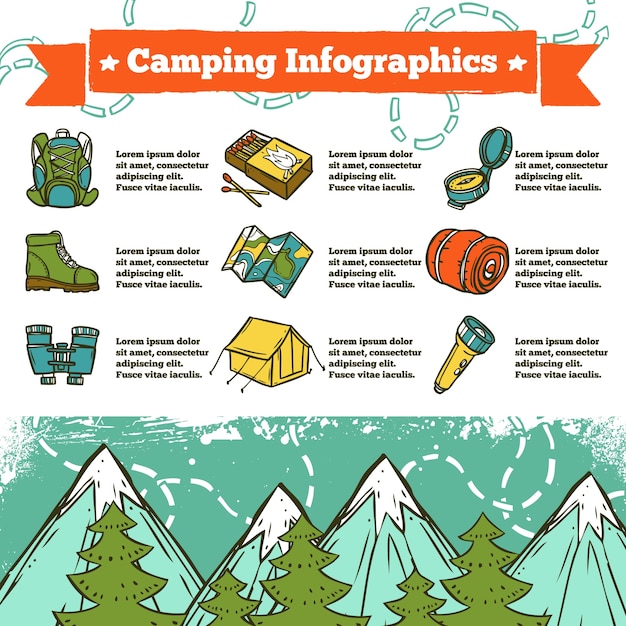Canvas Weight And Its Impact On Tent Cost
The Evolution of Wall Tent Frame LayoutAs outdoor camping evolved to reflect a broader social change toward mindfulness and sustainability, camping tent design did the same. Whether it's via user-friendly configuration solutions or the application of Fitts' Law, modern tent layout remains to innovate and broaden camper's options for outdoor expedition.
The wedge tent, likewise called a wall tent, can be built by setting up the ridgepole atop upright posts and freely staking down each side. This permits even more living and walking around space than an A-frame camping tent.
The A-Frame
One of the most renowned camping tent designs is a traditional A-frame. This structure takes its name from its roofline, which resembles the uppercase A. This form creates a vaulted ceiling that gives an open, roomy feeling inside the home. The sloping walls additionally make second-level loft space areas suitable for resting.
In the past, a good scout might set up a canvas A-frame camping tent in two minutes or much less. A modern A-frame cabin can use the exact same ease of installment, yet with much better weather protection and even more functional area.
A-frames are a wonderful instance of functional design, which highlights reducing the intricacy of a product to make sure that it can be more conveniently understood and utilized. Today, UI/UX designers utilize this principle to craft intuitive user interfaces that allow individuals to achieve their goals with maximum effectiveness. This strategy mirrors the A-frame's beginnings as a solution to human requirements. The simpleness of A-frames also shows a need for exterior experiences that stabilize technical improvement with a deeper connection to nature.
The Wedge
Whether you are new to wall tents or are a skilled camper, selecting the right frame for your canvas sanctuary can seem like an overwhelming experience at first. With numerous choices for fabric, structures and levels of security from the aspects to consider, you can quickly obtain lost in a sea of lingo.
Thankfully, navigating the globe of wall surface camping tents does not have to be so overwhelming. We have actually developed our own system to assist you streamline your decisions. With our easy Wedge version, we've eliminated the need for complicated textile and framework choices so you can spend more time appreciating your journey and much less time fretting about your sanctuary.
The Baker
The baker camping tent is a customized lean-to style camping tent. It is a very adaptable and useful sanctuary that can be zipped limited versus the aspects or opened up to allow in the warmth of a reflector campfire. The baker was the outdoor tents of option of many logging camps and wild canoe travelers in the 1800's. The baker camping tent also gained notoriety in the early 1900's when country wide known outside author Horace Kephart used a baker camping tent at his well-known base camp on Dicks Creek in North Carolina.
Picking the best inner framework, tube size and construction is a vital factor in establishing the stamina of your wall surface tent and just how it will certainly take care of changing climate condition. In addition, a significant part of your wall surface outdoor tents's longevity and performance is determined by the treatment that it has undergone. Bravo's bonded steel inner structures are built utilizing remarkable 1 3/8 inch galvanized tubing and heavy duty welded angle sets that are supported for additional strength.
The Whelen
In a time of boosting industrialization and urbanization, outdoor camping was a stepping back to fundamental nature appreciation. It provided an opportunity to value imperfections in materials and crookedness of the landscape, to accept the transience of everyday rhythms of rising, moving, sleeping, and resting, and to connect with the environment at a profoundly human degree.
Early tent designs were crafted with an gift bag eye to economic climate of area and weight, yet we have actually seen an abandonment of these conventional concepts toward larger, gangly layouts that take longer to establish, need more cautious preparation of the impact, and offer less in regards to weather security. By doing this, the modern camping tent mirrors a societal change far from technical advancement and towards mindfulness, sustainability, and appreciation for an extra environment. Similar to tents, UI/UX layout is likewise centered on conference human needs. Fitts' Regulation, for instance, instructs us to focus on the size and proximity of interactive components in order to help with quicker and extra effective user communications.
